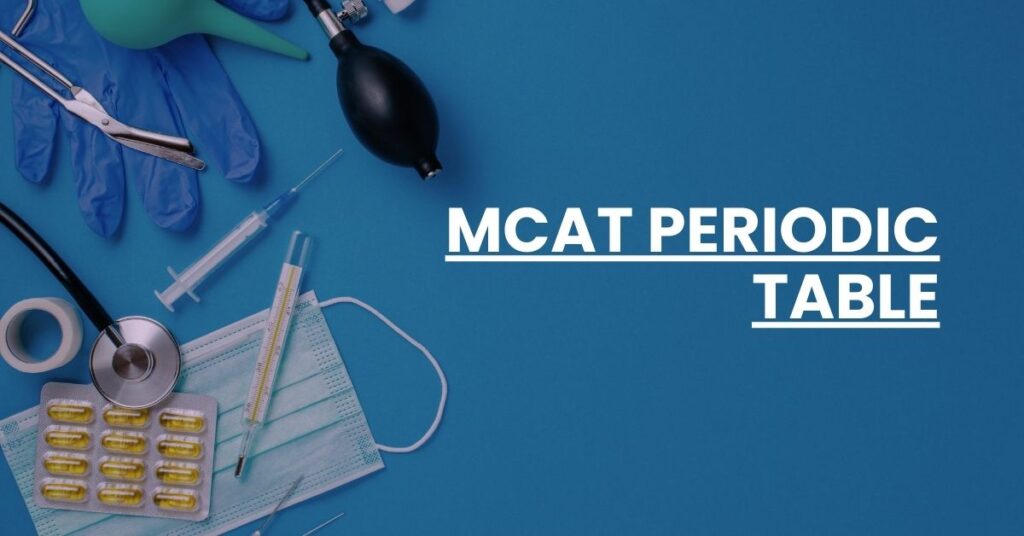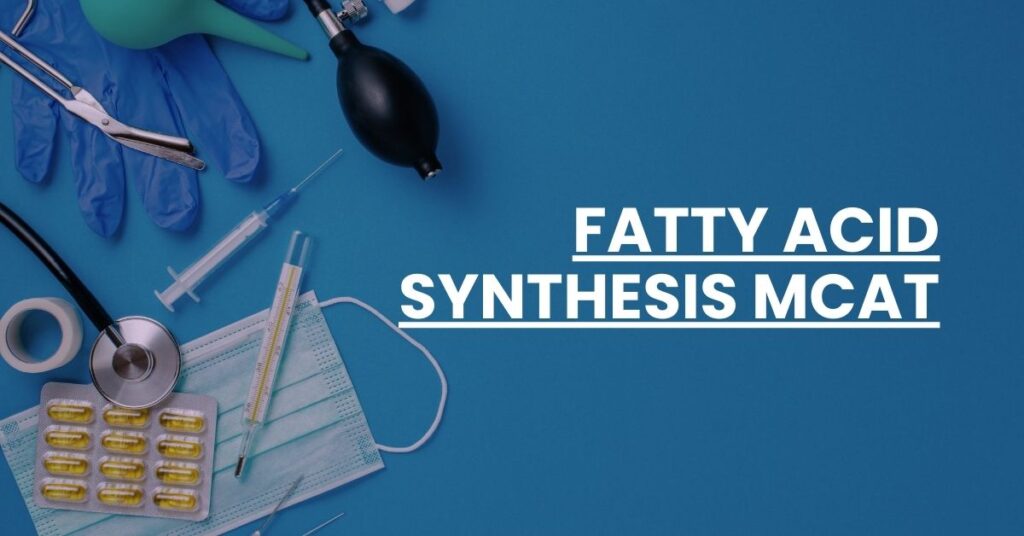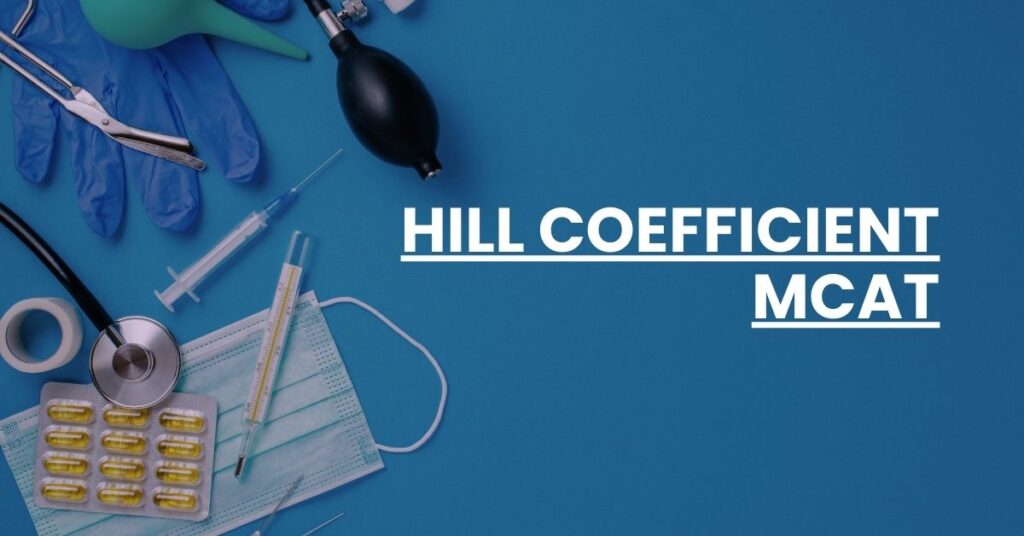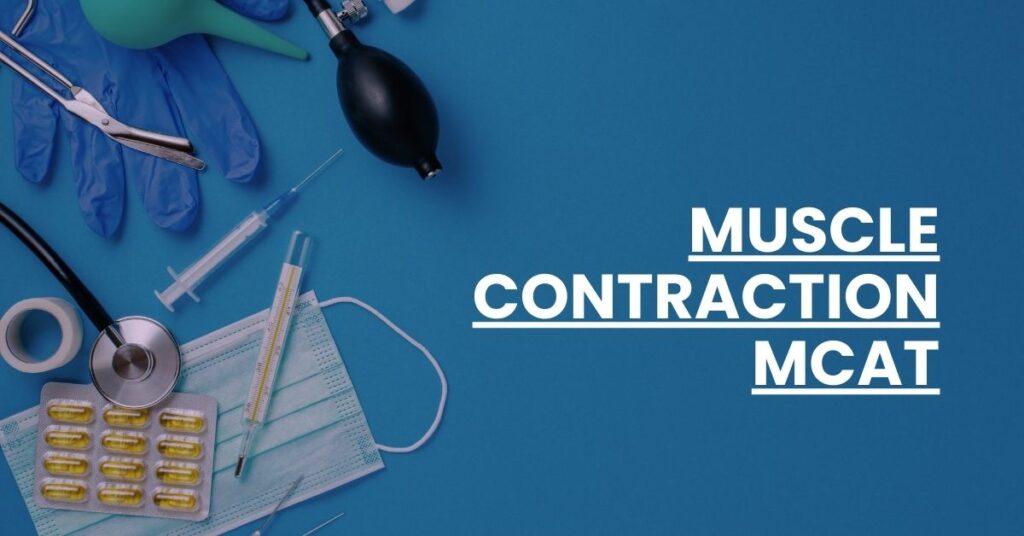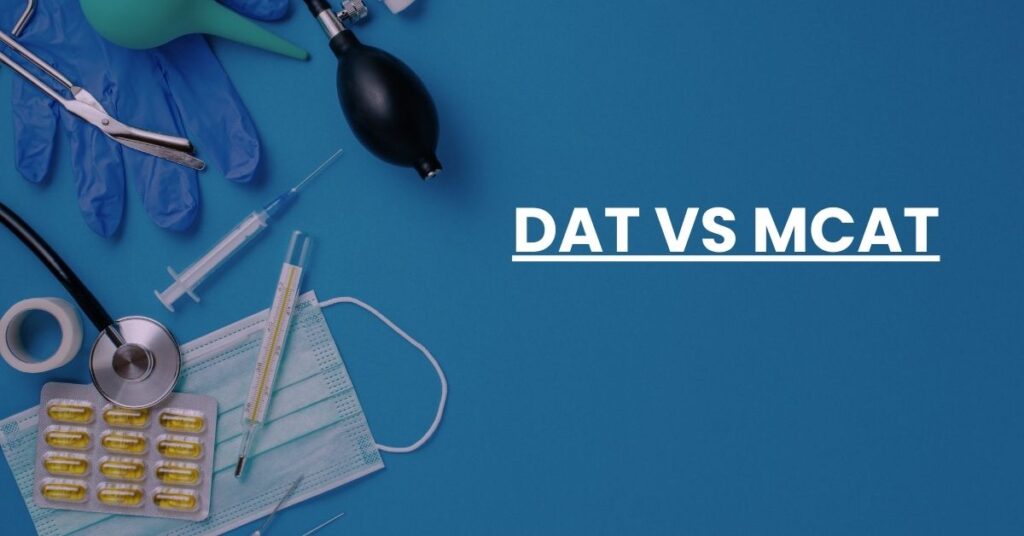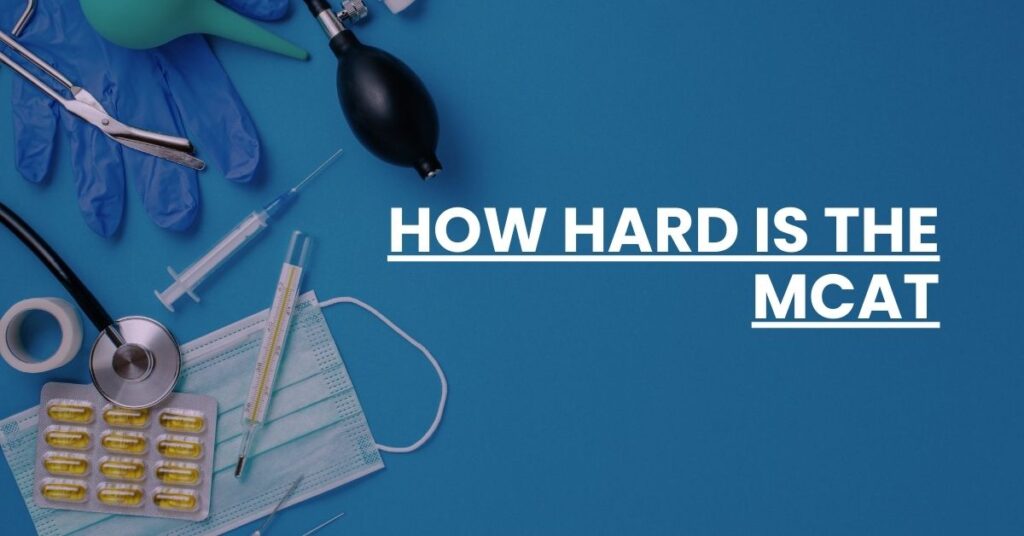MCAT Periodic Table
The MCAT periodic table is your ally in achieving a high score on exam day. Master the MCAT periodic table to excel in your medical school journey. Understanding the MCAT Periodic Table The MCAT, your passport to medical school, includes various sections that test your foundational knowledge in physical and biological sciences. One particular area […]
MCAT Periodic Table Read More »
